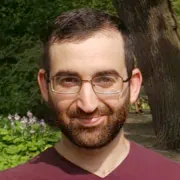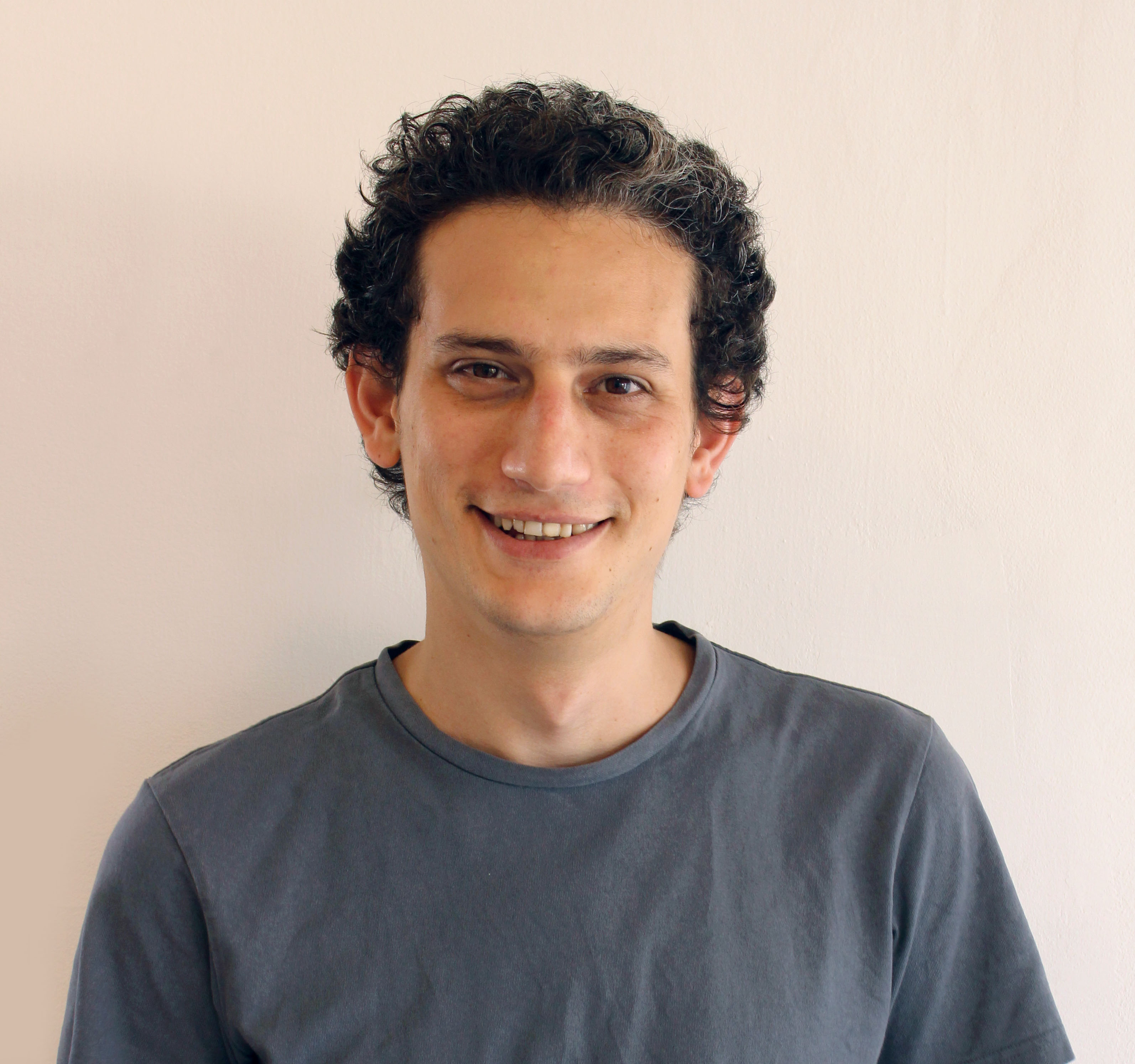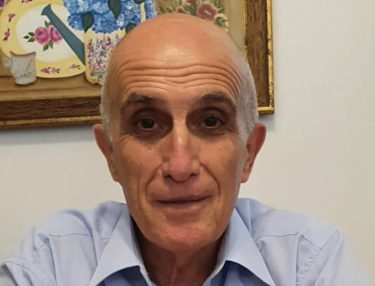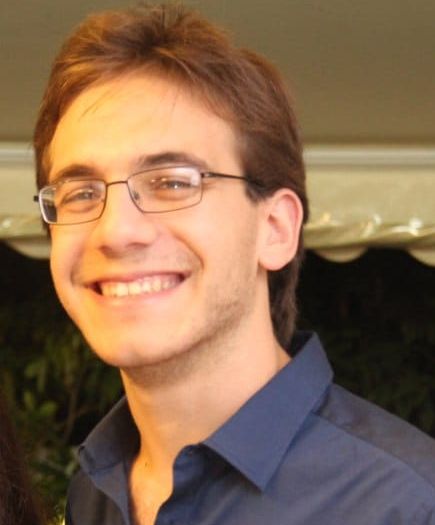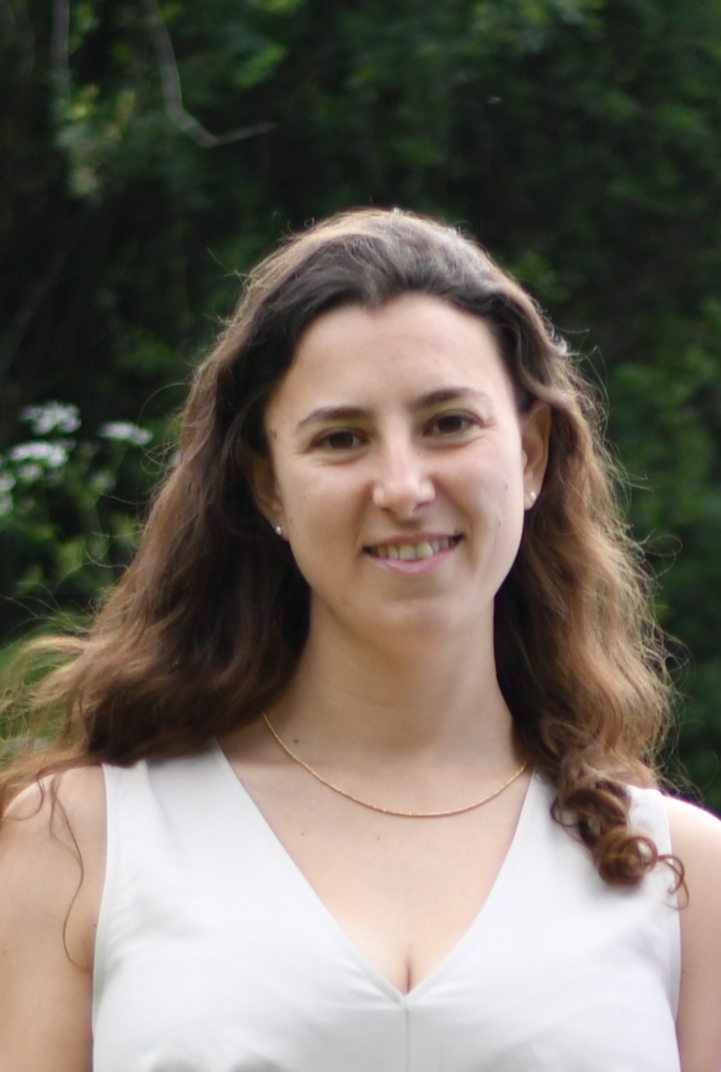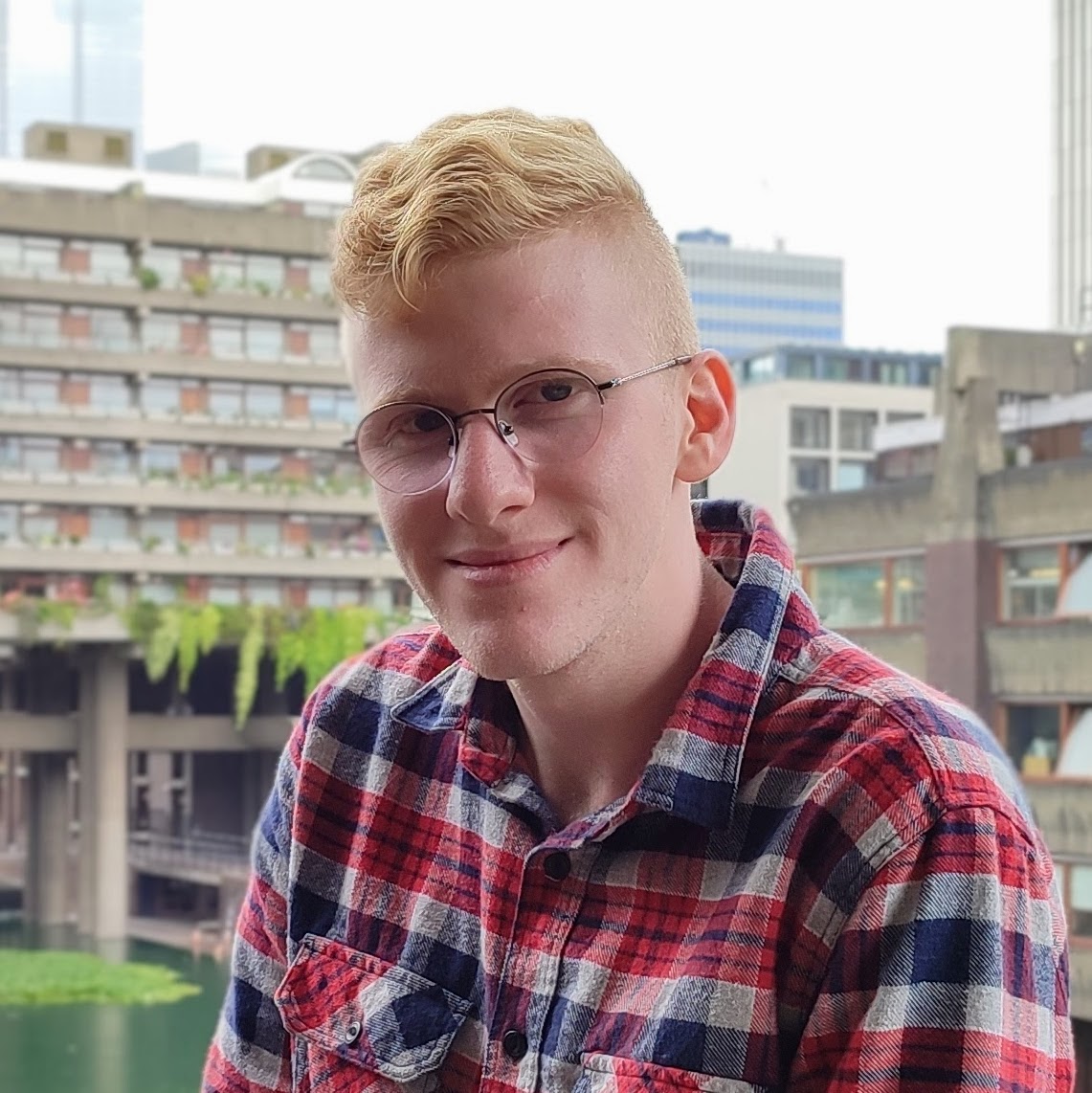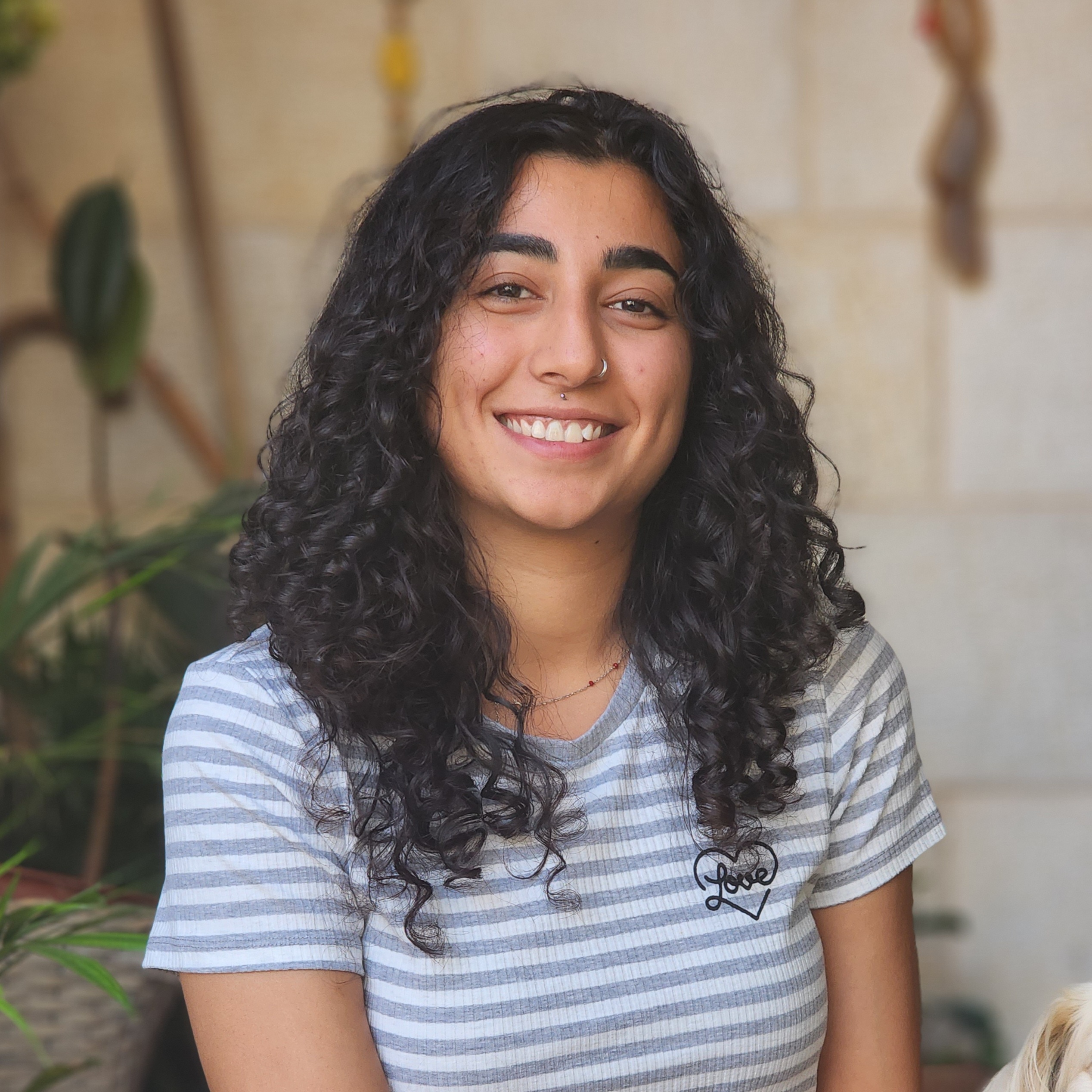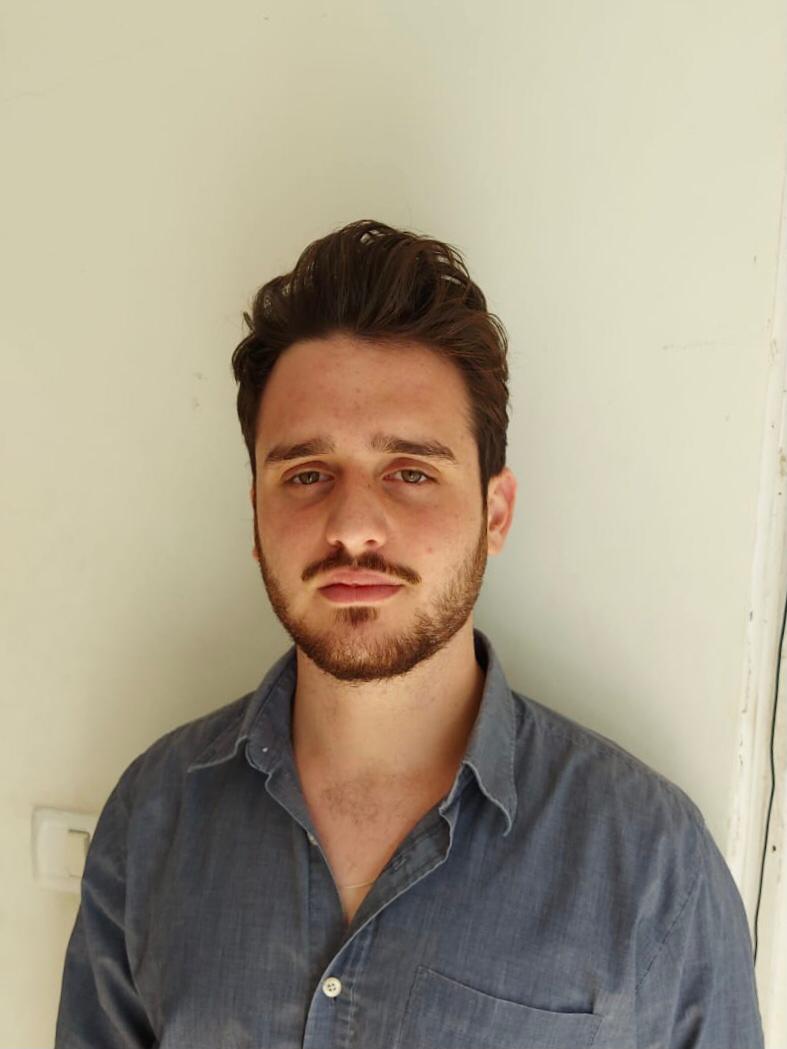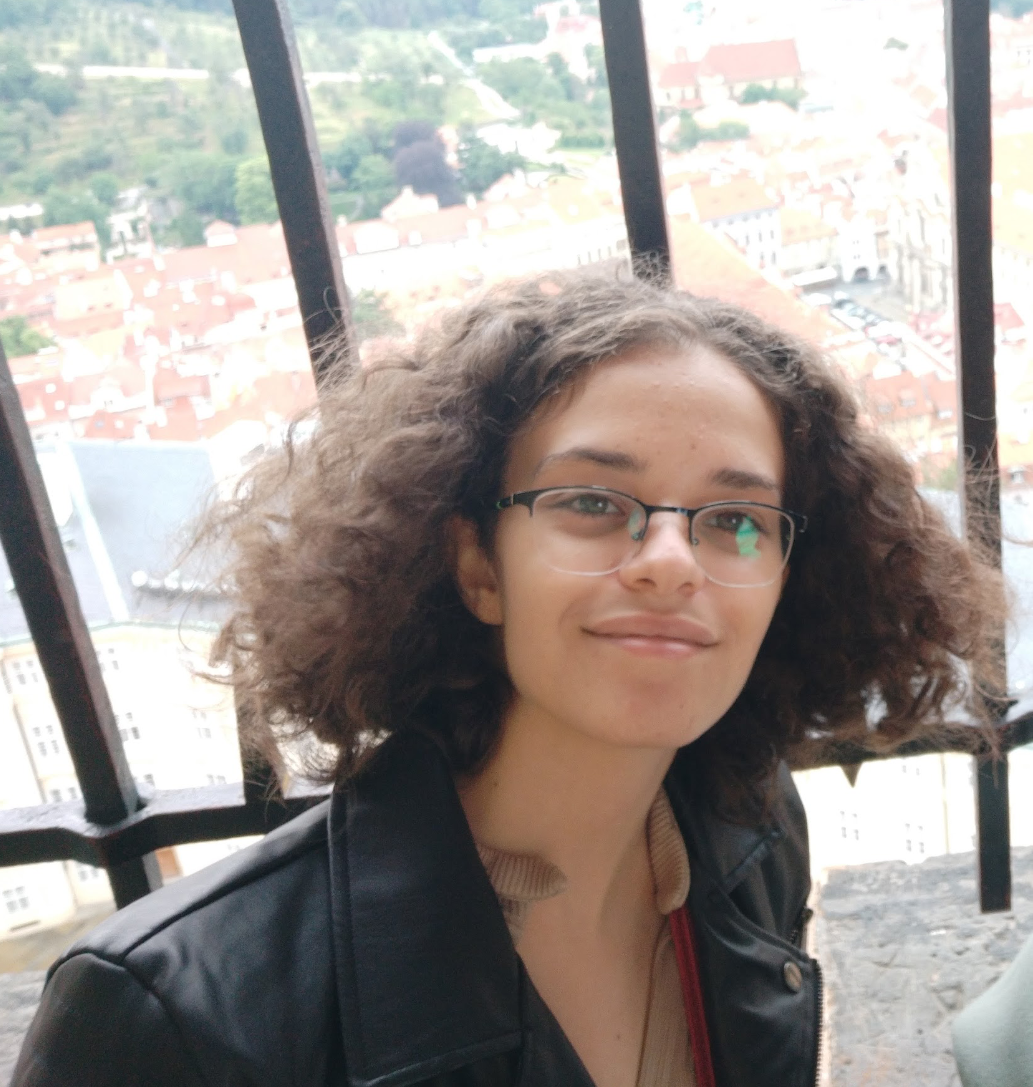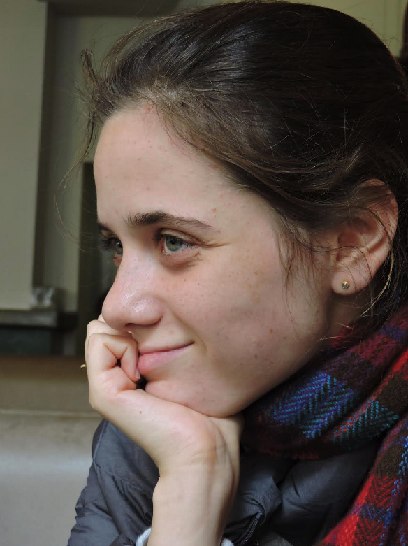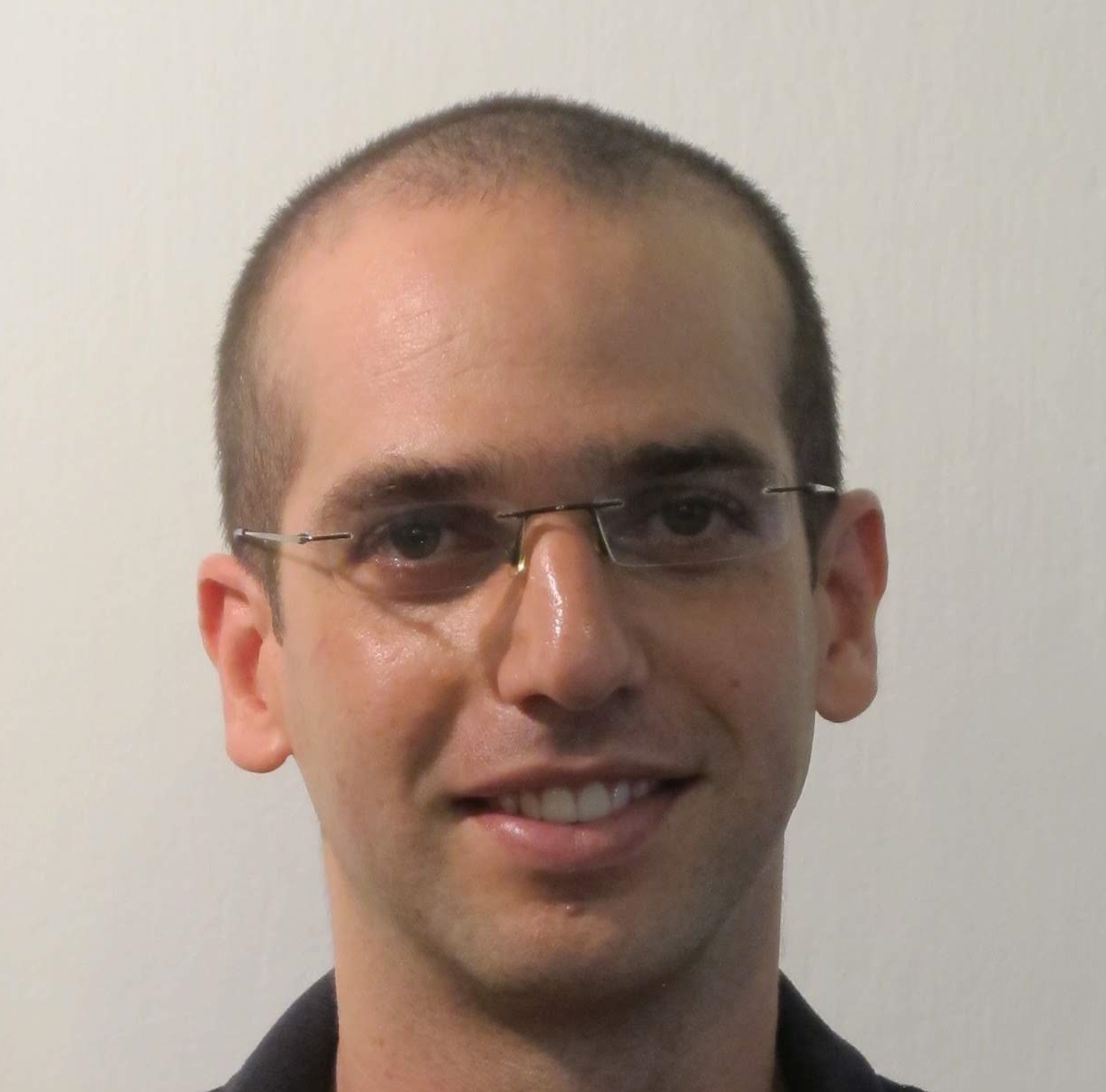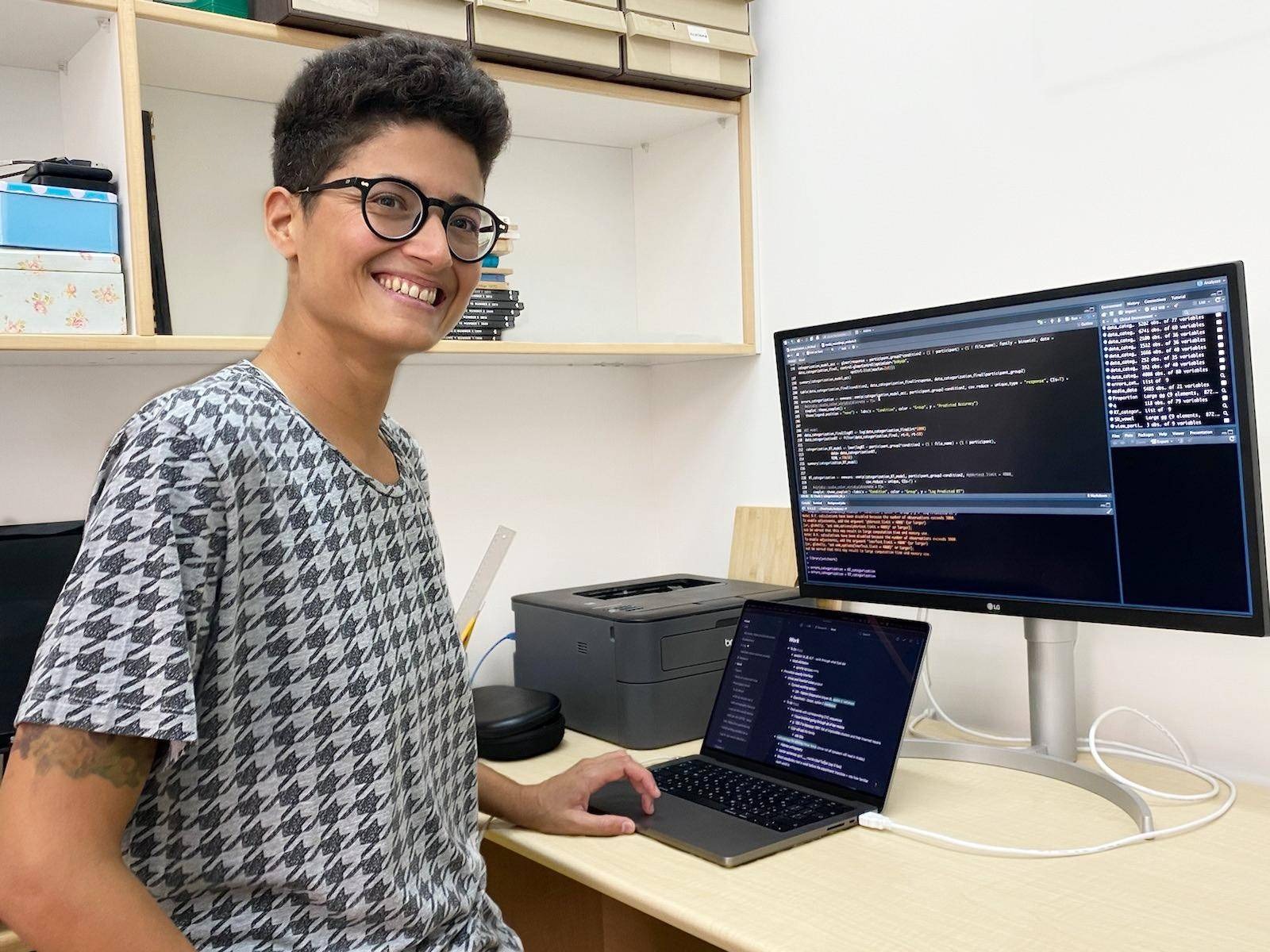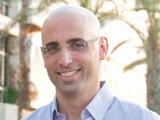Phonological and morphological theory through the lens of colloquial Arabic
Fall semester
In this seminar we will examine phonological and morphological phenomena in colloquial dialects of Arabic and their connection to linguistic theory. The focus will be on local varieties of Arabic: varieties of Palestinian Arabic, as well as varieties of Judeo-Arabic spoken by Jewish immigrants from Arab countries (Baghdadi, Tripolitanian, Moroccan, and others). Those varieties are understudied from a theoretical perspective and some of them are endangered and are expected to disappear in the next decades.
This seminar has two goals:
1) To understand what colloquial Arabic has taught us and can further teach us about the human language capacity. We will examine phenomena in colloquial Arabic and the role they have played in the development of phonological and morphological theory since the 1970's, such as cyclic stress assignment, syllable structure and directional vowel epenthesis, long-distance emphasis spread, non-concatenative morphology (root and pattern, broken plural, etc.), discontinuous agreement, and more. Then, we will discuss old and new papers on the local dialects based on the students' interests.
2) To enrich the knowledge and data about understudied colloquial varieties of Arabic, and in the case of the Jewish dialects, contribute to their preservation. To this end, we will discuss different aspects of field research, and each student will pick a local variety of Arabic to investigate during the semester.
